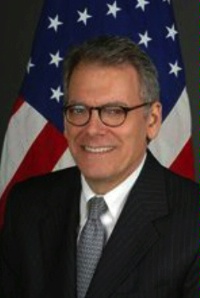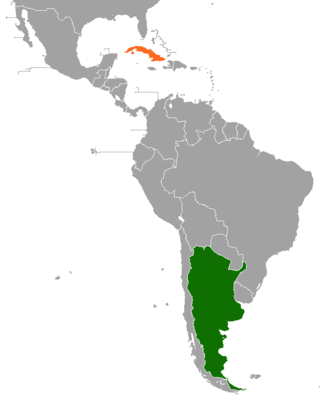| Ambassador of the United States to Cuba | |
|---|---|
 Seal of the United States Department of State | |
Incumbent Benjamin G. Ziff Chargé d'Affaires a.i. since July 14, 2022 | |
| Nominator | The President of the United States |
| Appointer | The President with Senate advice and consent |
| Inaugural holder | Herbert G. Squiers as Envoy Extraordinary and Minister Plenipotentiary |
| Formation | May 20, 1902; reestablished July 20, 2015 |
| Final holder | Philip Bonsal (1960) |
| Abolished | January 3, 1961 - July 20, 2015 |
| Website | U.S. Embassy - Havana |
The United States ambassador to the Republic of Cuba is the official representative of the president of the United States to the head of state of Cuba, and serves as the head of the Embassy of the United States in Havana. Direct bilateral diplomatic relations did not exist between the two countries from 1961 to 2015. President Dwight D. Eisenhower severed relations following the Cuban Revolution on January 3, 1961. [1] Relations were subsequently restored by Cuban President Raul Castro and President Barack Obama on July 20, 2015.
Contents
- History
- Consuls General at Havana
- Ambassadors
- Chiefs of the U.S. Interests Section
- Notes
- See also
- Notes 2
- References
- External links
With the restoration of relations in 2015, the president may nominate an ambassador, though the position has remained vacant since 1960. The embassy is currently run by a Chargé d'affaires ad interim, Benjamin G. Ziff. The Chargé d'affaires and the embassy staff at large work in the American Embassy on the Malecón in Havana.






